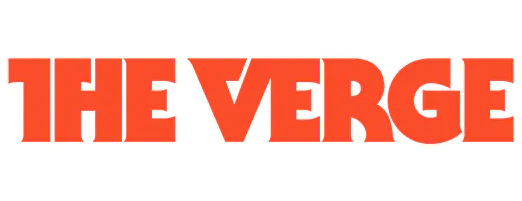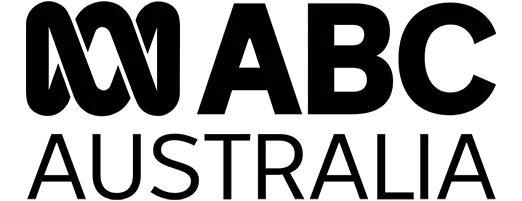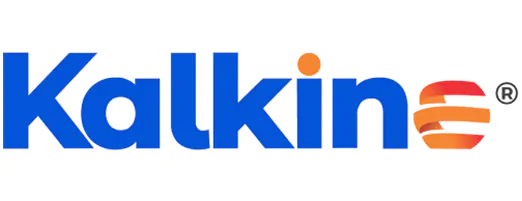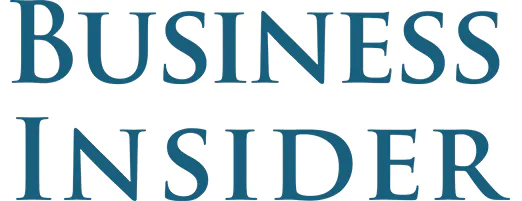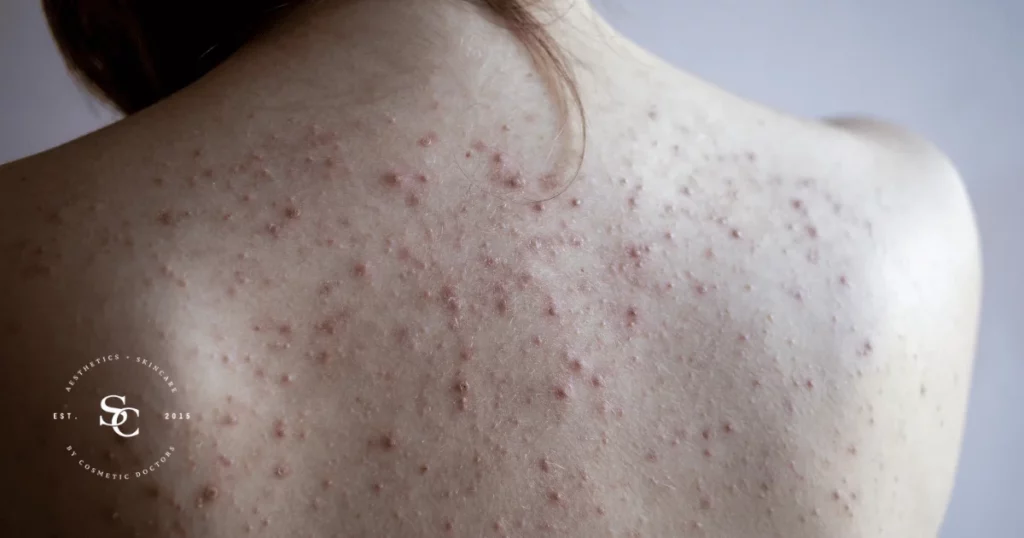Understanding Back Acne: An Overview
Back acne, commonly referred to as “bacne,” is a skin condition characterized by the presence of acne lesions, including pimples, blackheads, and whiteheads, on the back. It can be both physically uncomfortable and emotionally distressing. In this comprehensive guide, we will delve into the world of back acne, exploring its nature, causes, treatment options, and prevention strategies for clearer and healthier skin.
Identifying the Symptoms of Back Acne
The primary symptoms of back acne include the presence of pimples, blackheads, whiteheads, and inflamed lesions on the back. These can range from mild to severe and may cause discomfort and pain.
Causes and Risk Factors of Back Acne
Understanding the causes and risk factors of back acne is essential:
- Excess Sebum Production: Overproduction of sebum (skin oil) can lead to clogged hair follicles and the development of acne.
- Hormonal Changes: Hormonal fluctuations, such as those during puberty, menstruation, or hormonal disorders, can contribute to increased sebum production and acne.
- Excessive Sweating: Sweating, especially when combined with tight clothing, can trap sweat and bacteria against the skin, exacerbating acne.
- Friction and Pressure: Constant friction or pressure on the back, often due to backpacks, tight clothing, or sports equipment, can contribute to acne formation.
- Genetics: A family history of acne can make individuals more prone to developing back acne.
- Dietary Factors: Consuming a diet high in sugary or processed foods may exacerbate acne in some individuals.
Different Types and Stages of Back Acne
Back acne, like facial acne, can vary in severity and may include various types of lesions, including blackheads, whiteheads, papules, pustules, and cysts.
Diagnosis: How Back Acne is Detected
Diagnosing back acne is visual and can be identified through a physical examination by a dermatologist or healthcare provider.
Treatment Options for Back Acne
Several treatment options can help address and manage back acne:
- Topical Treatments: Over-the-counter or prescription creams, gels, or lotions containing ingredients like benzoyl peroxide, salicylic acid, or topical antibiotics can target acne on the back.
- Oral Medications: In severe cases, oral antibiotics, hormonal treatments (such as birth control pills), or isotretinoin may be prescribed by a healthcare provider.
- Chemical Peels: Chemical peels using alpha or beta hydroxy acids can exfoliate the skin and improve the appearance of back acne.
- Light and Laser Therapy: These treatments can target acne and reduce inflammation.
- Extraction: A dermatologist or esthetician can perform professional extractions to safely remove acne lesions.
- Topical Retinoids: Prescription retinoid creams can help unclog pores and improve skin texture.
Prevention Strategies for Back Acne
Preventing back acne involves adopting strategies to minimize risk factors:
- Cleansing: Maintain a regular cleansing routine to remove excess oil, sweat, and impurities from the skin.
- Exfoliation: Use gentle exfoliants to promote the removal of dead skin cells, preventing clogged pores.
- Shower After Exercise: Showering after physical activity helps remove sweat and bacteria that can contribute to acne.
- Non-comedogenic Products: Choose skincare and body care products labeled as non-comedogenic to prevent pore clogging.
- Loose Clothing: Wear loose-fitting clothing made of breathable fabrics to reduce friction and pressure on the back.
Home Remedies and Self-Care for Back Acne
In addition to medical treatments, there are remedies and self-care practices to help manage back acne:
- Back Scrub: Using a gentle scrub or exfoliating brush can help remove dead skin cells and prevent clogged pores.
- Topical Treatments: Applying over-the-counter topical acne treatments to the affected areas.
- Clean Bedding: Regularly wash and change bedding to reduce the accumulation of sweat and bacteria.
Impact of Back Acne on Self-Image
Back acne can have a significant impact on an individual’s self-esteem and body image, especially if it is severe or long-lasting. Addressing back acne can improve one’s self-confidence and overall well-being.
Long-Term Management of Back Acne
Managing back acne often involves ongoing care:
- Skincare Routine: Maintain a consistent skincare routine tailored to your skin’s needs, including cleansing, exfoliating, and moisturizing.
- Professional Guidance: Regular visits to a dermatologist can provide guidance on managing back acne and preventing recurrences.
- Lifestyle Adjustments: Incorporate a healthy lifestyle, including a balanced diet, hydration, and stress management, to support skin health and minimize the development of back acne.
In conclusion, understanding back acne, its causes, treatment options, and prevention strategies is crucial for effectively addressing this common skin concern and achieving clearer and healthier skin on the back. Consulting with a dermatologist or skincare specialist can provide personalized guidance on the most suitable treatments and management approaches for individual concerns.

